The kids will love learning about the science of rocks with this delicious rock cycle made of chocolate rocks. Chocolate shavings become sedimentary, igneous, and metamorphic types of rocks in this easy-to-follow science experiment. I’ve included a printable rock cycle diagram perfect for classrooms and homeschool too.
What Types of Rocks Are There?
The three main types of rocks on the Earth’s surface are Igneous, Metamorphic, and Sedimentary rocks. Here’s a little bit more about them.
- What are Igneous Rocks? Igneous rocks are made from magma from the earth’s core or other rocks that have melted, crystalized, cooled, and hardened. Some examples of igneous rocks are basalt, pumice, and granite.
- What are Sedimentary Rocks? Sedimentary rocks are made up of sediment, small pieces of rock that have been broken apart by weathering or erosion. The rocks form when the sediment undergoes significant pressure, pushing the pieces together. This happens due to two processes: compaction (water and air between rocks is forced out) and cementation (hardening and welding of sediment with mineral crystals that form in the gaps). Some examples of sedimentary rocks are sandstone, limestone, and shale. This is the type of rock where fossils are typically found.
- What are Metamorphic Rocks? Metamorphic rocks are igneous or sedimentary rocks (and sometimes other metamorphic rocks, too) that have been exposed to a combination of heat, pressure, and mineral-rich fluids and the rock changes form. This process doesn’t melt the rocks, rather squishes, forces, or folds them into their new metamorphic form. Some examples of metamorphic rocks are marble, slate, and lapis.
What is the Rock Cycle? Explore this Rock Cycle Diagram.
The rocks we found on earth undergo what is called the rock cycle. It’s a view into the processes like erosion, cementation, and melting that rocks undergo on the Earth’s surface. Here is a rock cycle diagram for you.
Erosion and weathering are both responsible for the breakdown of rocks into smaller pieces. So what’s the difference between erosion and weathering? If the rocks break apart and move, it’s called erosion? But if the rocks break down and stay in place? It’s called weathering.
Want a printable version of this rock cycle diagram? Simply fill out the form below and we’ll email it to you. I’ve included one with fill-in-the-blanks spaces for kids to do as well.
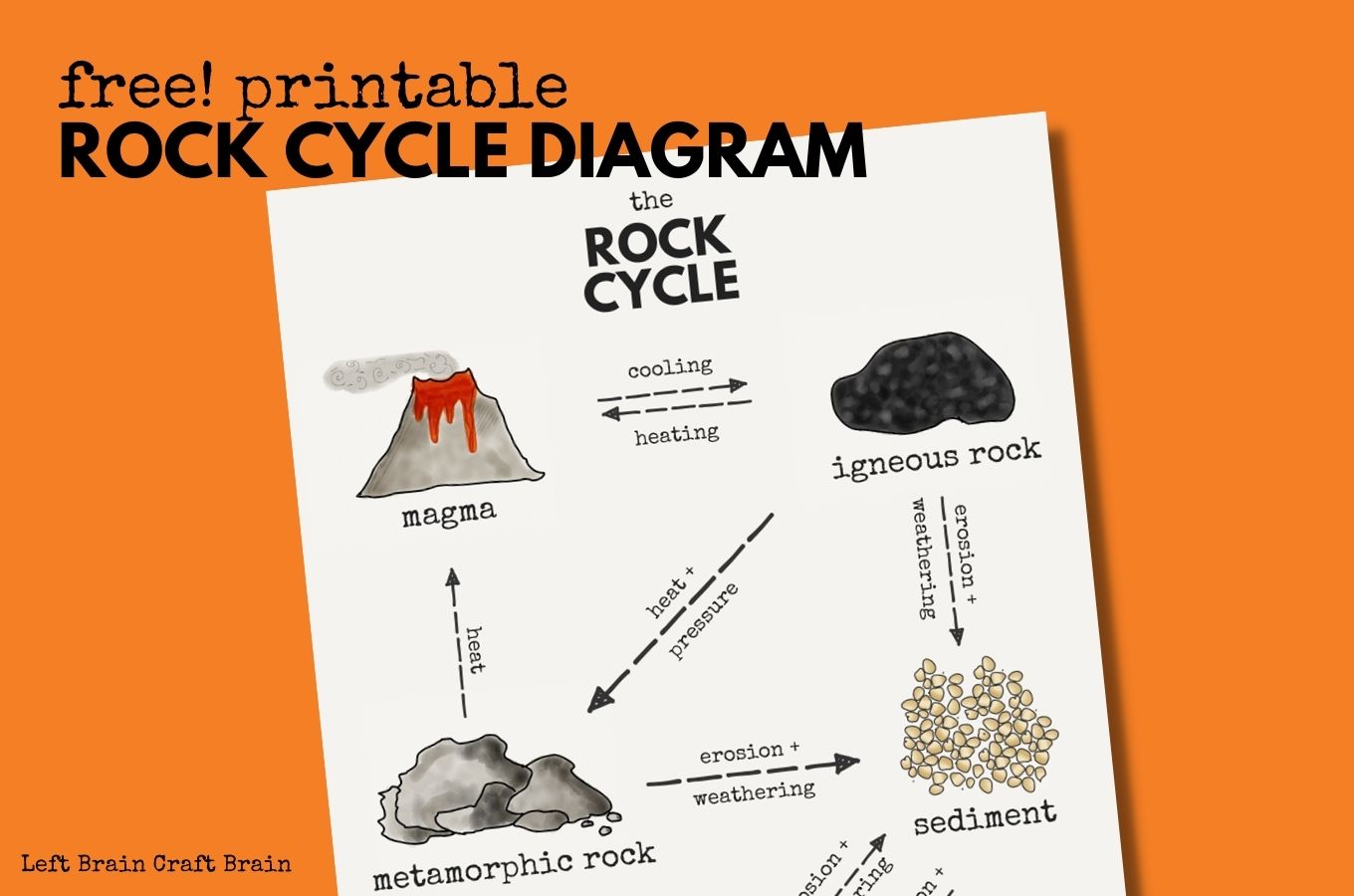
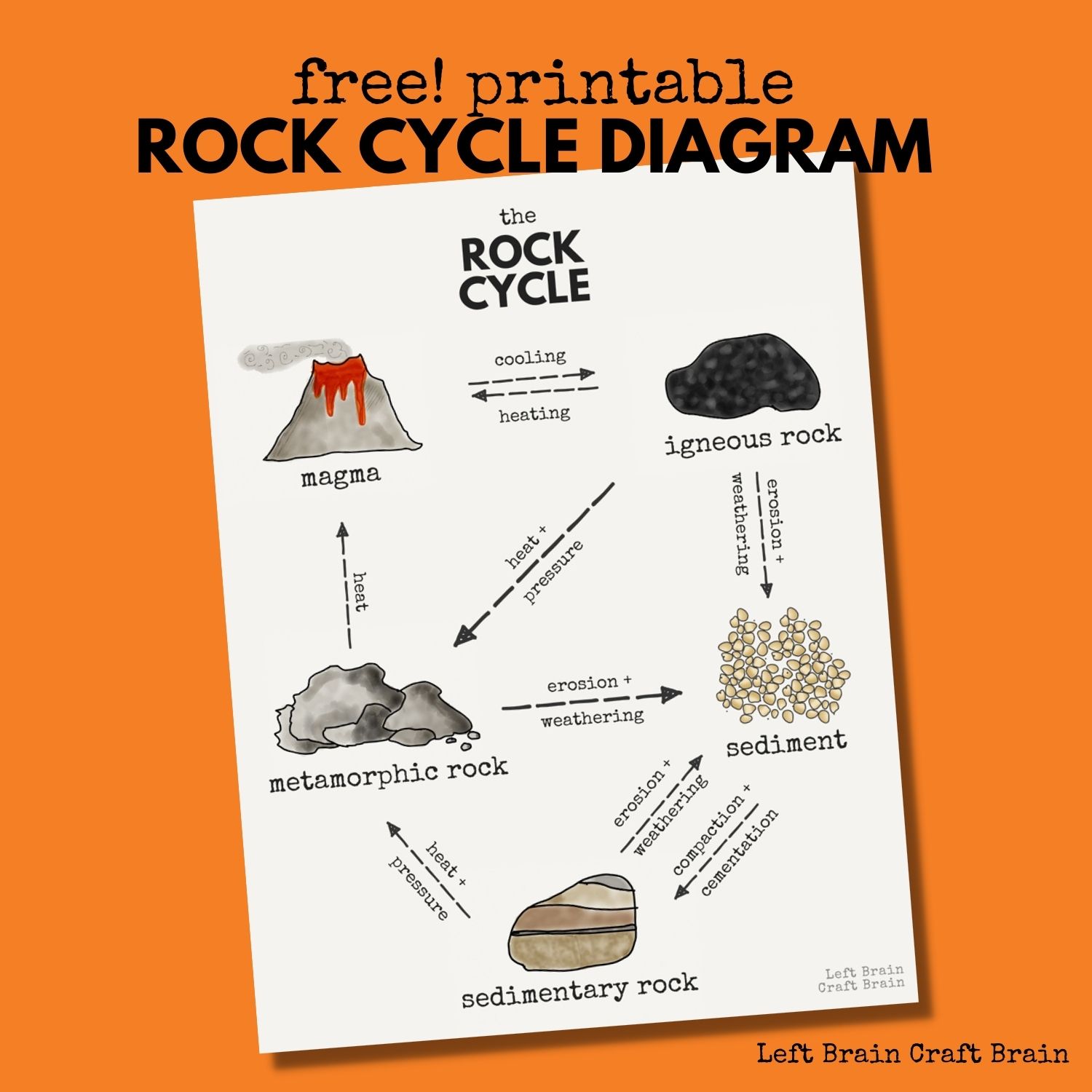
FREE! PRINTABLE
ROCK CYCLE DIAGRAM
Here are our chocolate rocks and sediment! Now that we’ve explored the science of rocks, let’s get on to making some.
Chocolate Rocks Supplies Needed
Here’s what you’ll need to make the rocks. We are a participant in the Amazon Services LLC Associates Program, an affiliate advertising program designed to provide a means for us to earn fees by linking to Amazon.com and affiliated sites.
- White and milk chocolate (baking chocolate or almond bark are perfect)
- Grater or vegetable peeler (Kid-safe options like this one are available.)
- Cutting board
- Tinfoil
- Baking tray (if using the oven) OR Candle warmer
- Bowl of hot water
- Hot pads
How to Make a Delicious Rock Cycle with Chocolate Rocks
For this project, you’ll step your way through the rock cycle demonstrated in the rock cycle diagram above.
For Rock Erosion:
To start the process, we’ll be grating some chocolate as a makeshift erosion process. The chocolate block moves, so it’s called erosion, not weathering.
- Use a cheese grater or vegetable peeler to carefully shave your chocolate.
- The cheese grater symbolizes erosion and weathering – wind, rain, etc. It is physically eroding the chocolate into smaller pieces, just like weathering forces do to larger bodies of rocks to form small rocks or even sand. The small pieces of chocolate represent sediment.
Notice the difference between the full blocks and the small shavings.
For Sedimentary Rocks:
- Take some of those small chocolate shavings and press them together to form a large clump. You may want to use a spoon, knife or a piece of tinfoil to do this as you’ll notice your fingers will start melting the chocolate. You are exerting pressure on the pieces of rock in order to form a sedimentary rock out of those pieces.
Observe the newly formed sedimentary rock. What do you see?
For Metamorphic Rocks:
- Take a few square pieces of tinfoil and form them into “rock molds.” You can do this with your fingers or actually wrap the tinfoil halfway around a rock to help you form the proper shapes.
- Take some of the remaining chocolate shavings and sprinkle them into the tinfoil molds.
- Place the molds on a candle warmer and heat until the chocolate is fully melted OR bake in the oven at 200F for about 3 minutes until melted.
- Let the chocolate completely cool and harden (you can quicken up this process in the freezer).
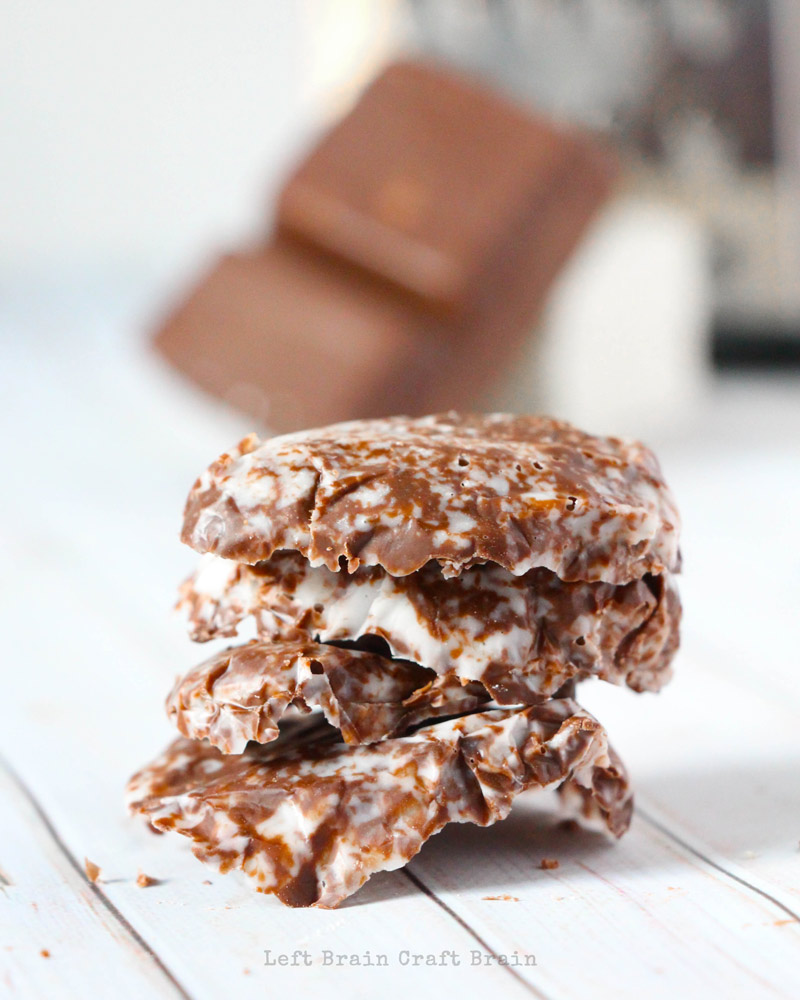
For Igneous Rocks:
Since igneous rocks are made from magma, we want to melt the chocolate first. Adult supervision is recommended for this step!!
- In the microwave, heat up a cup of water until almost boiling.
- Wrap a square of chocolate in a piece of aluminum foil. Place the foil packet in the cup of hot water. Let sit until melted, about 5 minutes.
- Then carefully remove the foil packet from the water, dry it off and place it in the refrigerator to cool until hardened, about 1 hour. Impatient? Pop it in the freezer for about 20 minutes instead.
Unwrap the igneous chocolate rock from the foil. How does it compare to the sedimentary and metamorphic rocks?
All Three Types of Chocolate Rocks
Here are the rocks all together!
What are the Layers of the Earth?
If you loved chocolate rocks, you’ll love this delicious way to learn about the layers of the earth. Here’s the recipe for Layers of the Earth Pudding Cups. Because pudding magma, ‘nuf said ;)
More Rock Activities for Kids
Or if you or the kids are just into rocks, be sure to try this awesome Buildable Rock Slime! It’s pretty much the most fun we’ve had with rocks, ever.
More Hands-on Learning Fun for Kids
Looking for some more STEAM inspiration that you can use right now? Instant gratification style? Check out STEAM Explorers!! The coolest creative experience for kids is here! It's a digital book of the month club filled with tons of fun stuff for the kids to do and learn. All engineer, teacher, and mom-approved. And most definitely KID APPROVED!
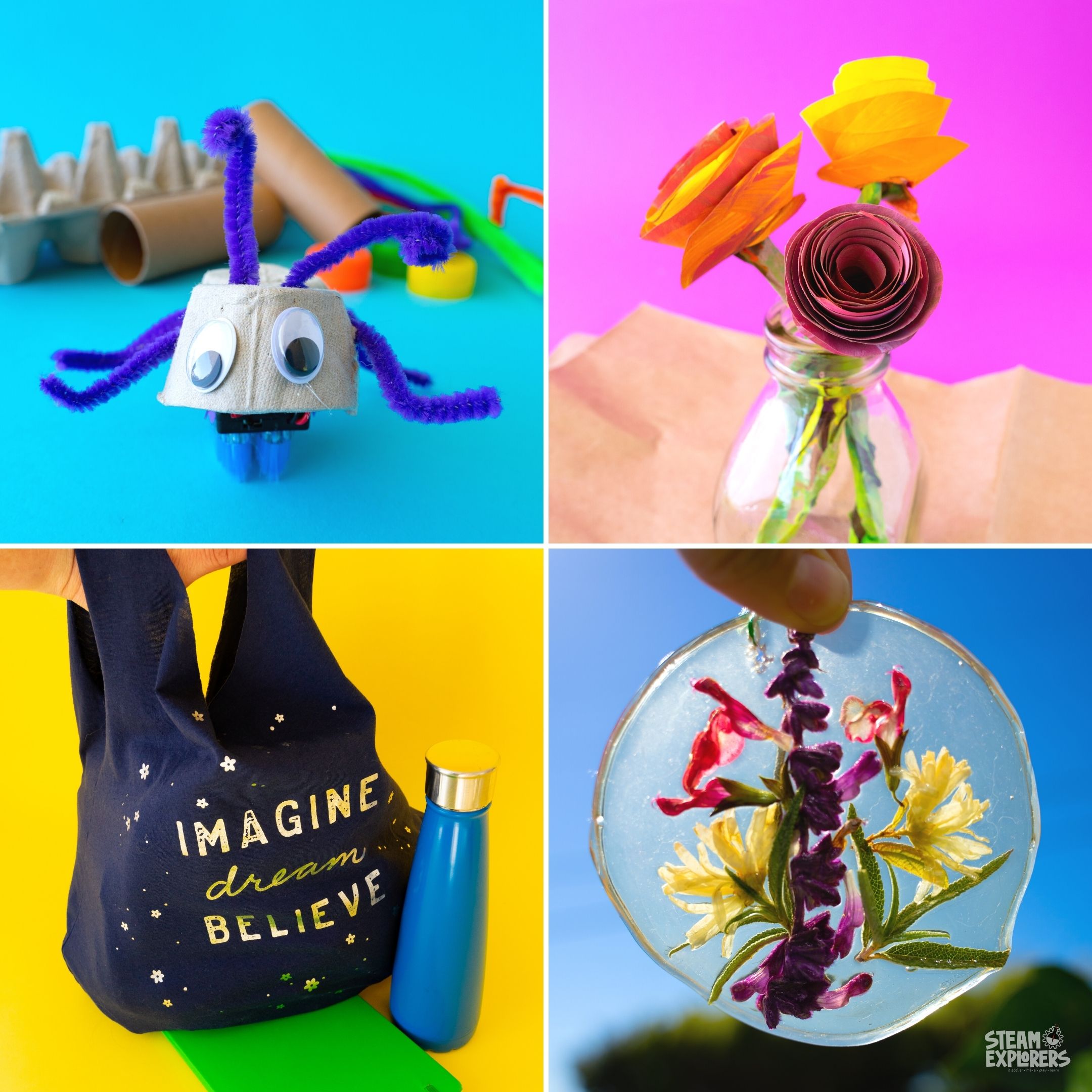
What’s included?
- A monthly digital magazine with cool themes that are fun to read
- Hands-on, exciting projects the kids will love.
- Science, tech, engineering, art, and math learning YOU’LL love.
- Delicious recipes the kids can make.
- Fun printables and games
Have fun as we reduce, reuse, renew, and recycle in April with the STEAM Explorers Recycle Issue! The kids will love upcycling old shirts into tote bags, building litter bug bots, making bioplastic, eating garbage cookies, renewing plants, making Earth sculptures, and so much more! You'll love the helpful standards-based learning, printables, and tools that make STEAM (science, technology, engineering, art, & math) exploration easy!
We’ve split the issue into four weekly themes:
- WEEK 1: PAPER POSSIBILITIES
- WEEK 2: TRASH OR TREASURE
- WEEK 3: MATERIAL SWAP
- WEEK 4: NATURE'S RECYCLERS
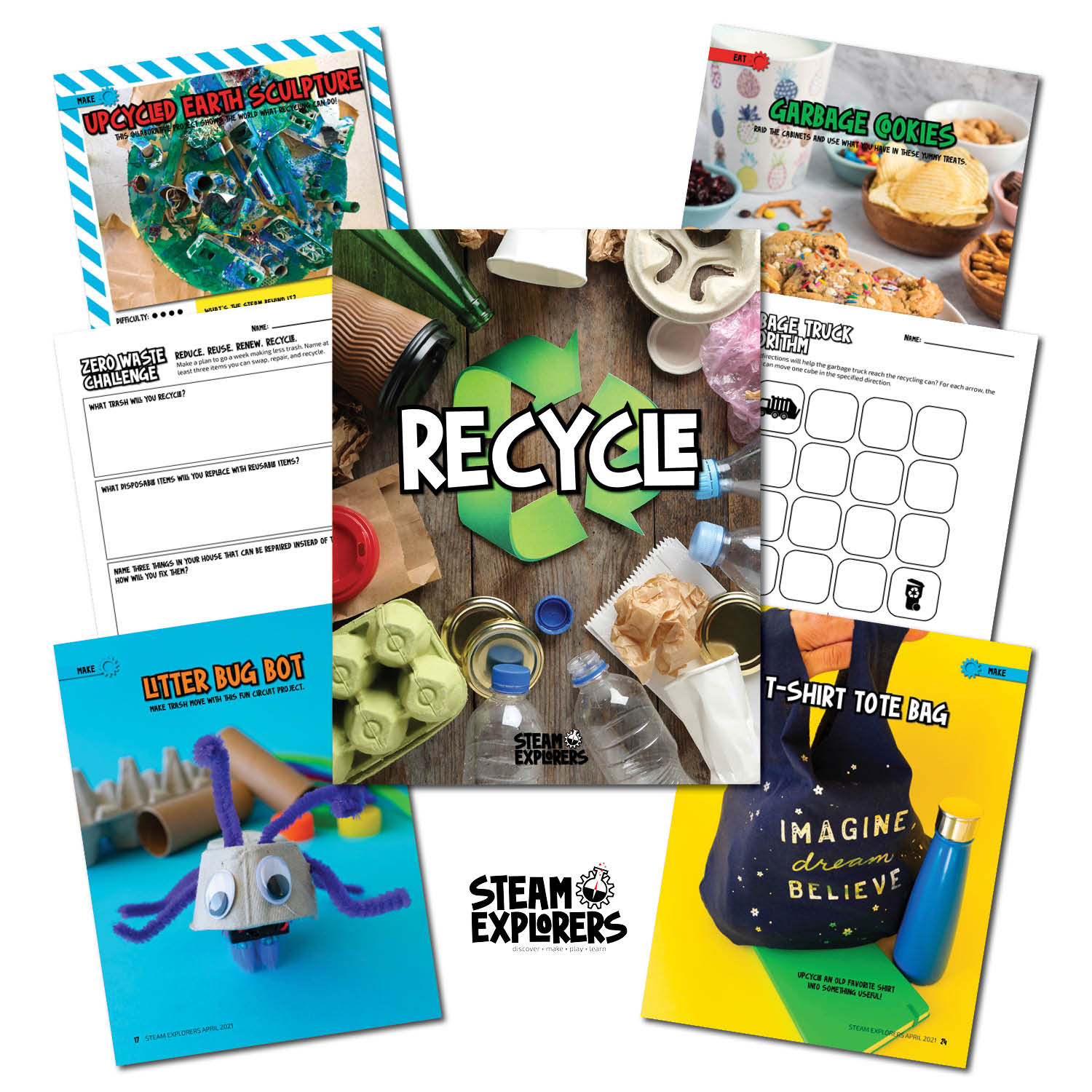



FREE! PRINTABLE
ROCK CYCLE DIAGRAM

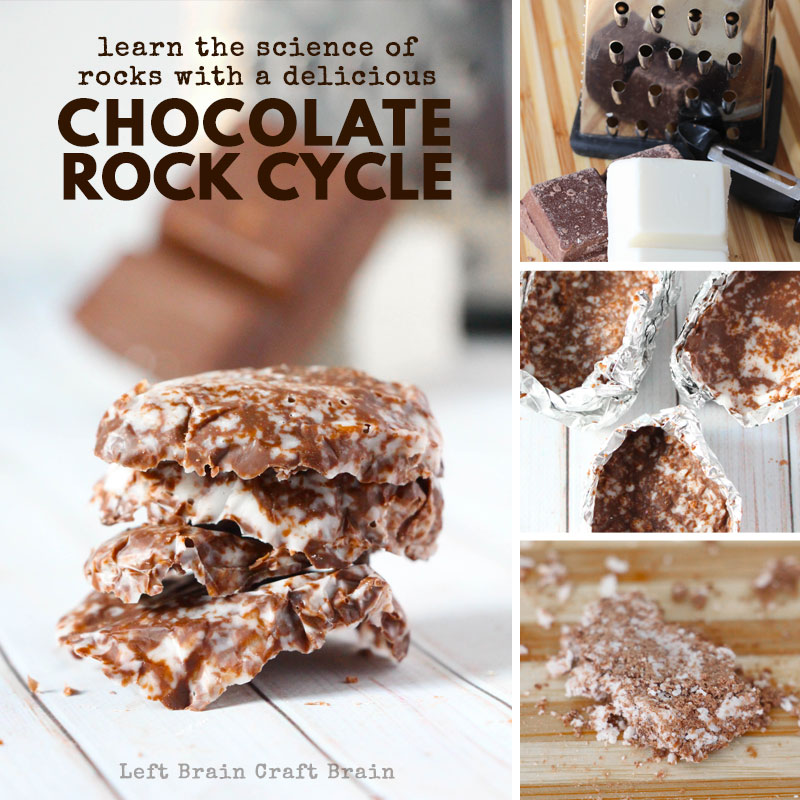
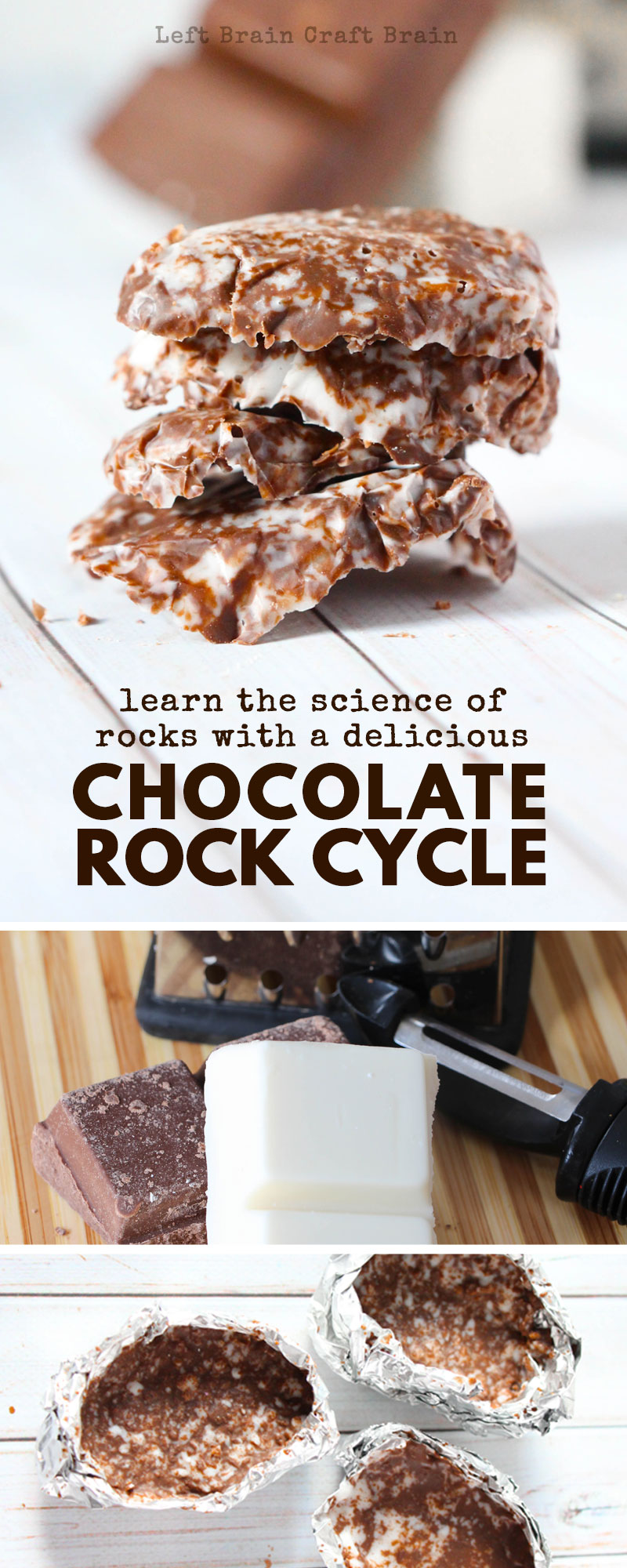
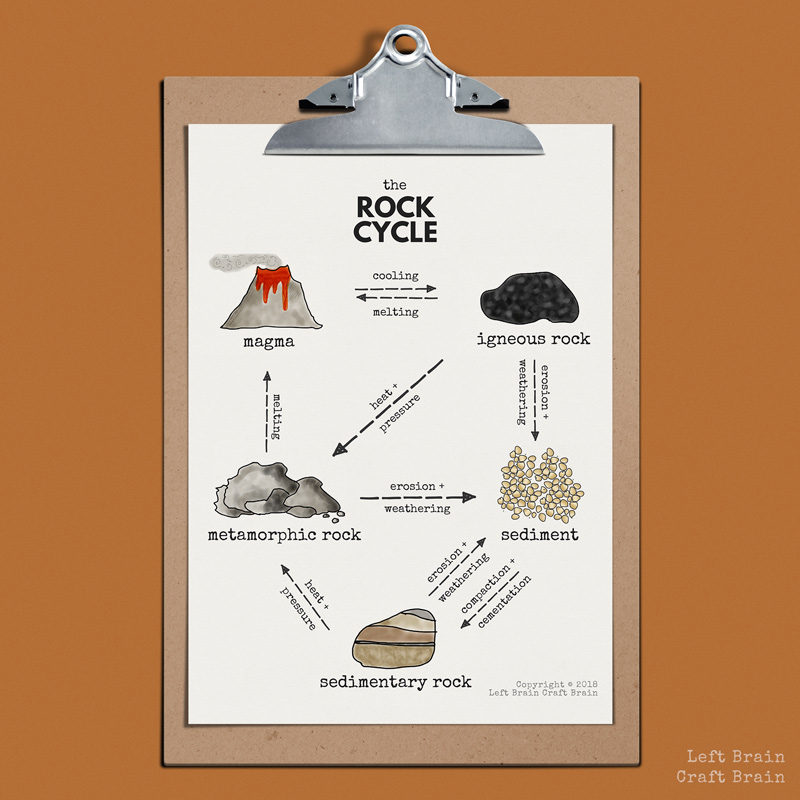
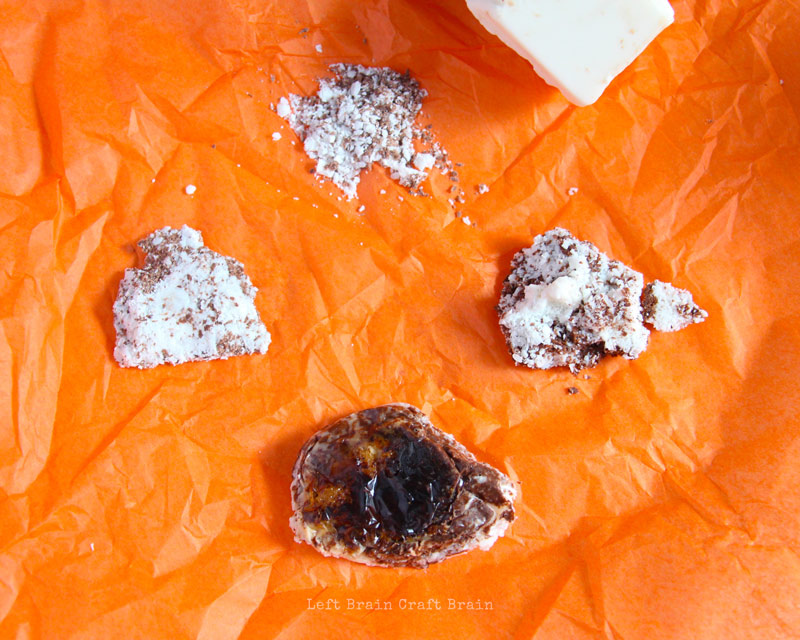
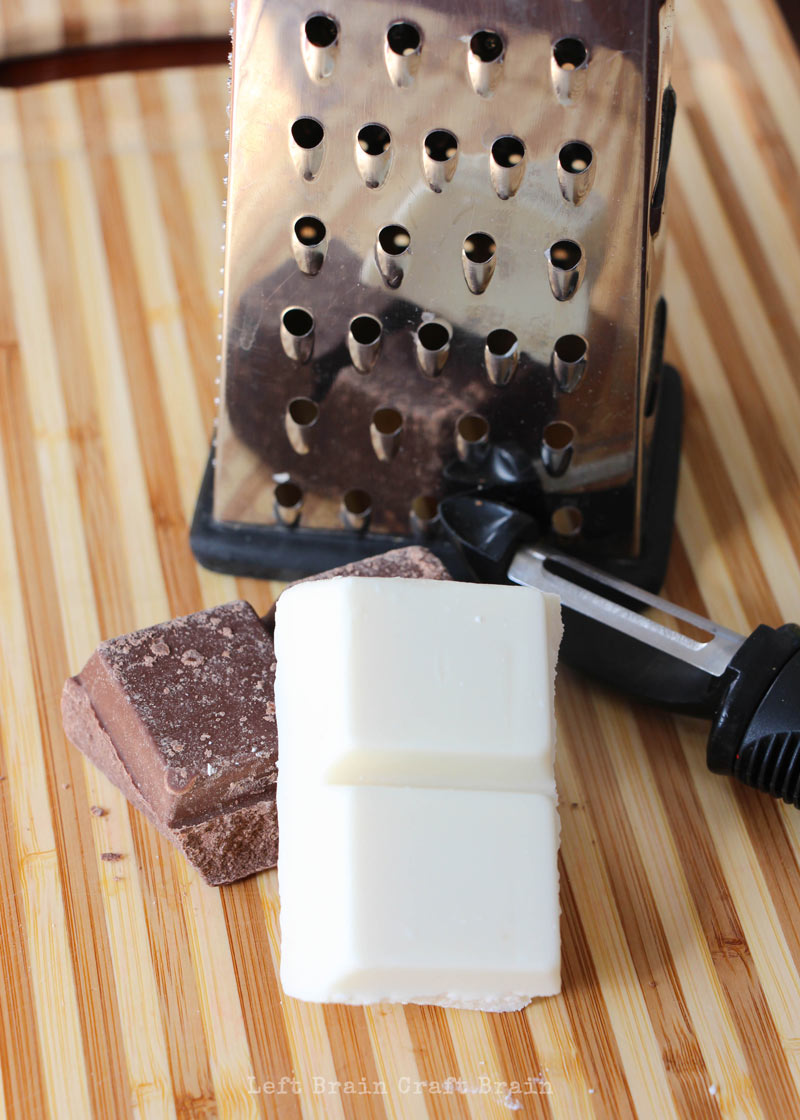
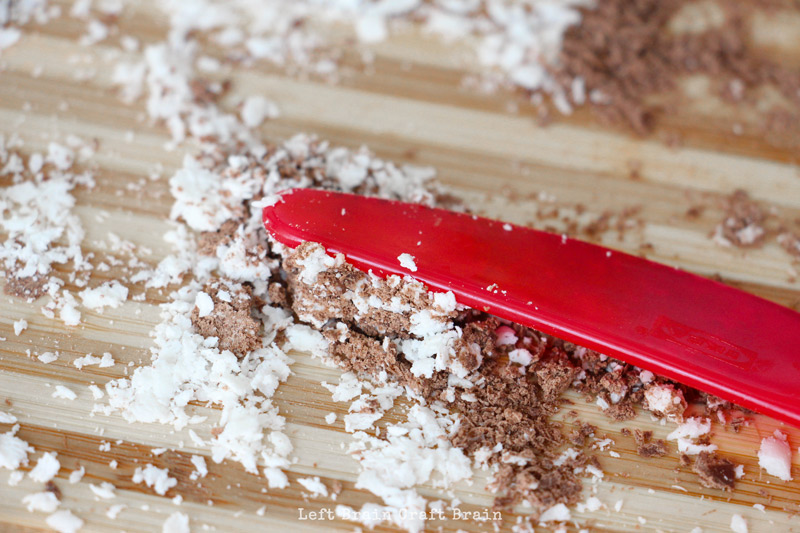
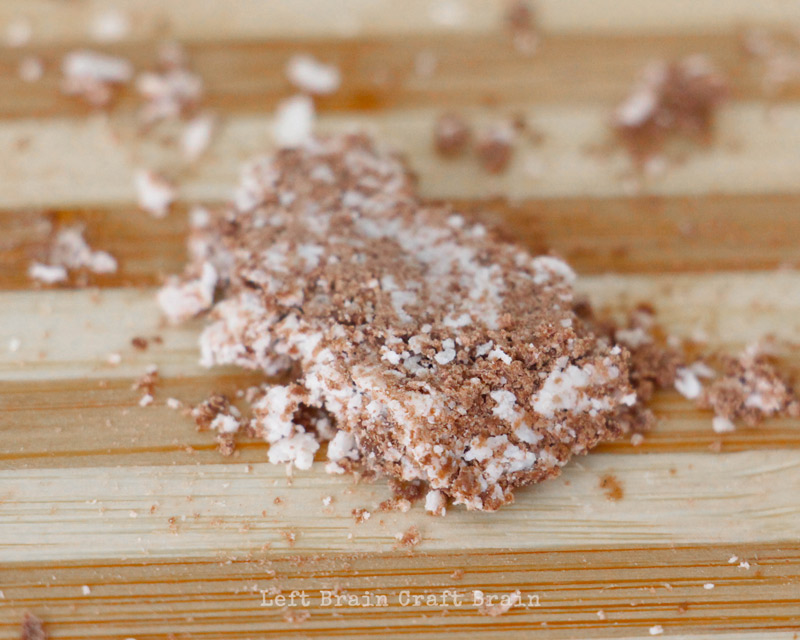
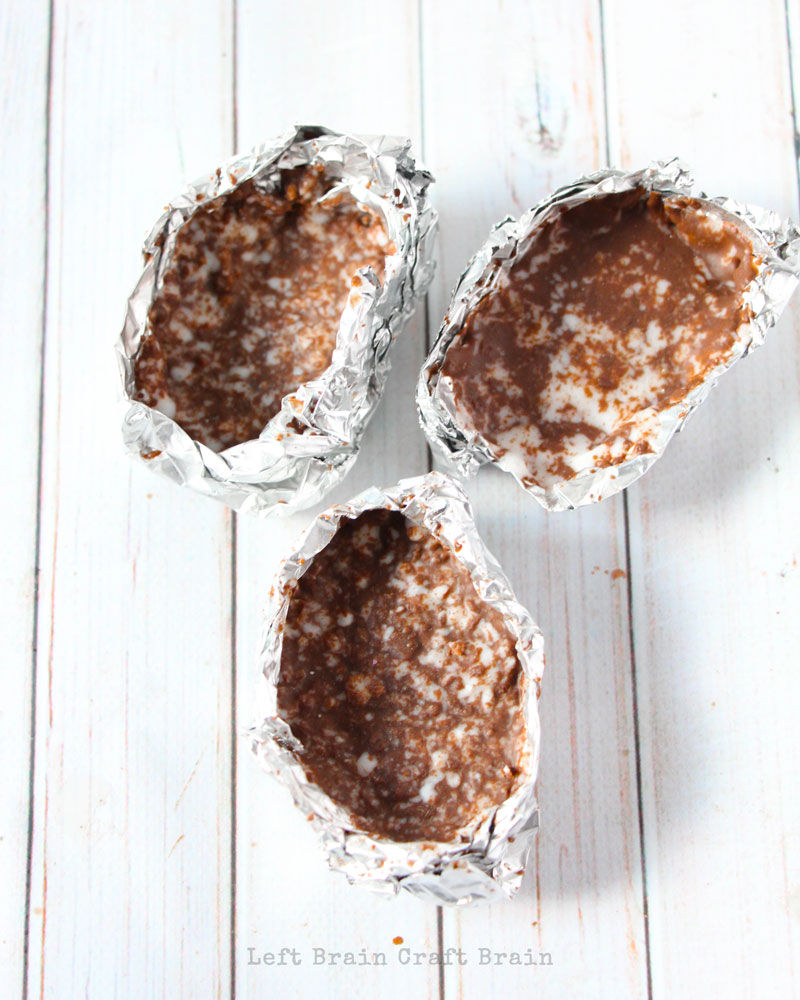
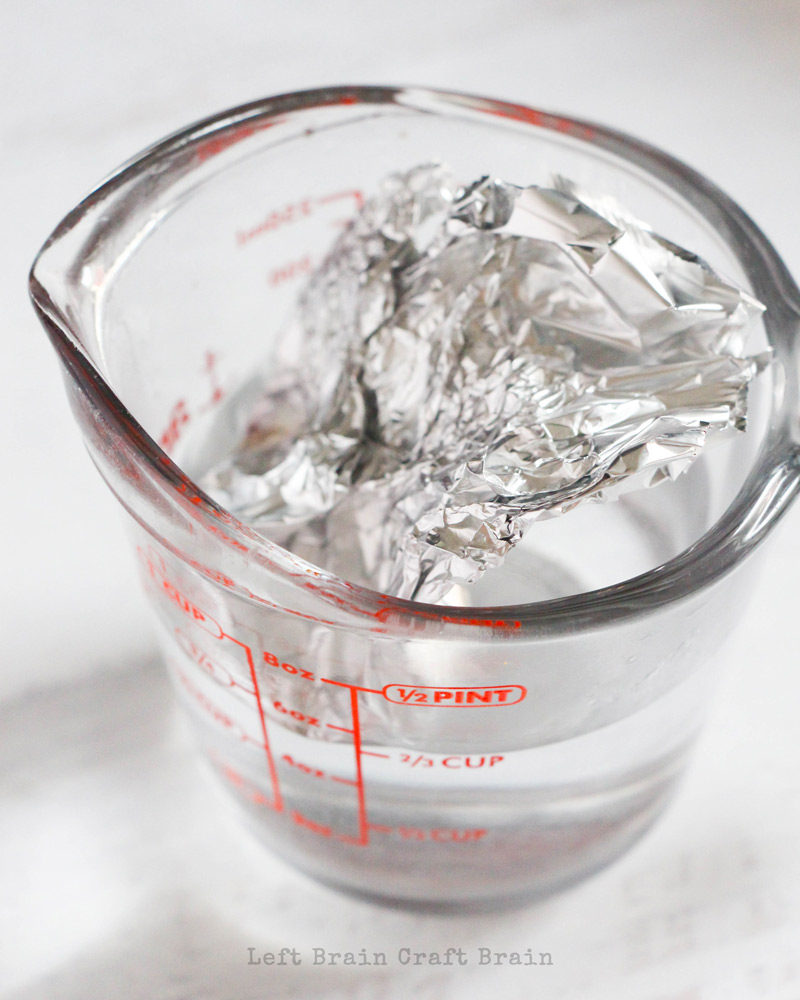
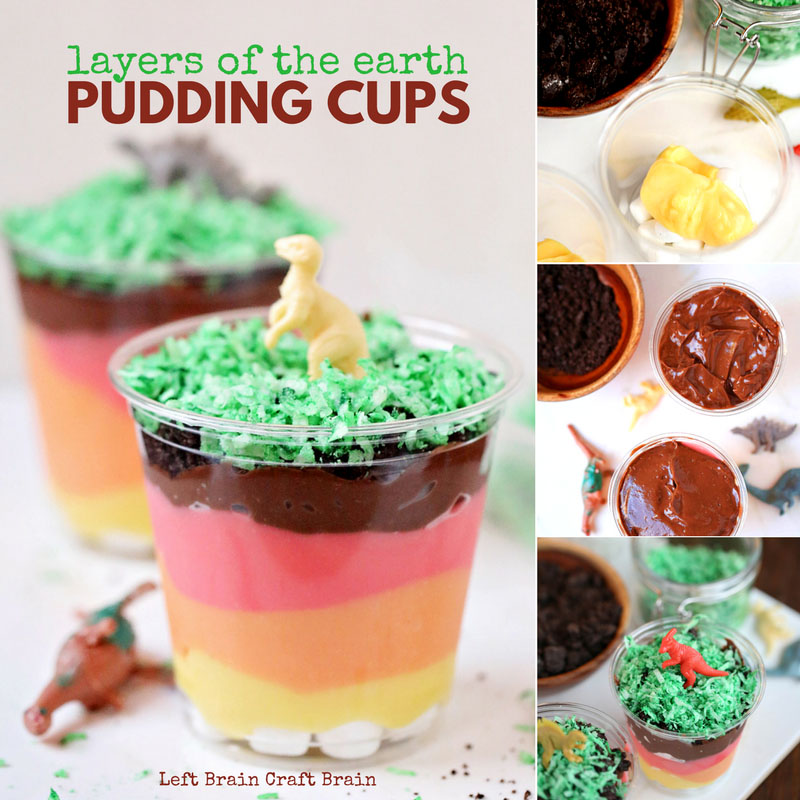
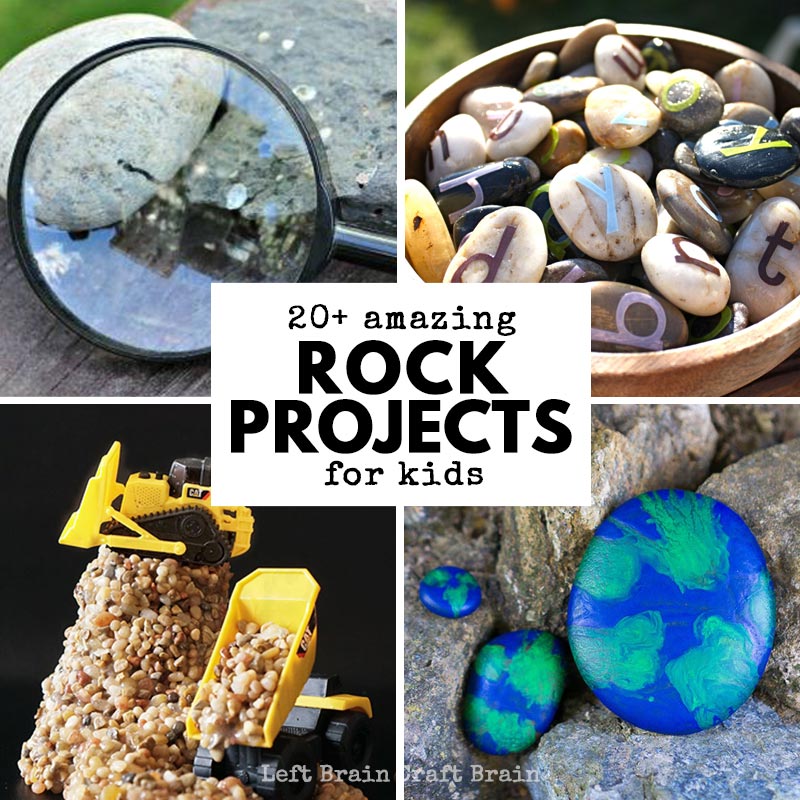
Pingback: Amazing and Educational Earth Day Activities for Kids - Left Brain Craft Brain
Pingback: 30 Playful Ways to Teach Young Kids About Rocks
Pingback: 40 Playful Ways to Teach Young Kids About Rocks - Gionacha Products
Pingback: 40 Playful Ways to Teach Young Kids About Rocks – News & Reviews on Child Development
Pingback: 20 Earth Day Science Experiments & Activities
Pingback: Melted Crayon Rainbow Rock Balancing - Left Brain Craft Brain
Pingback: 20 Earth Day Science Experiments & Activities – Student Builders
Pingback: The Learn + Live Letter Level 2: Rocks Unit